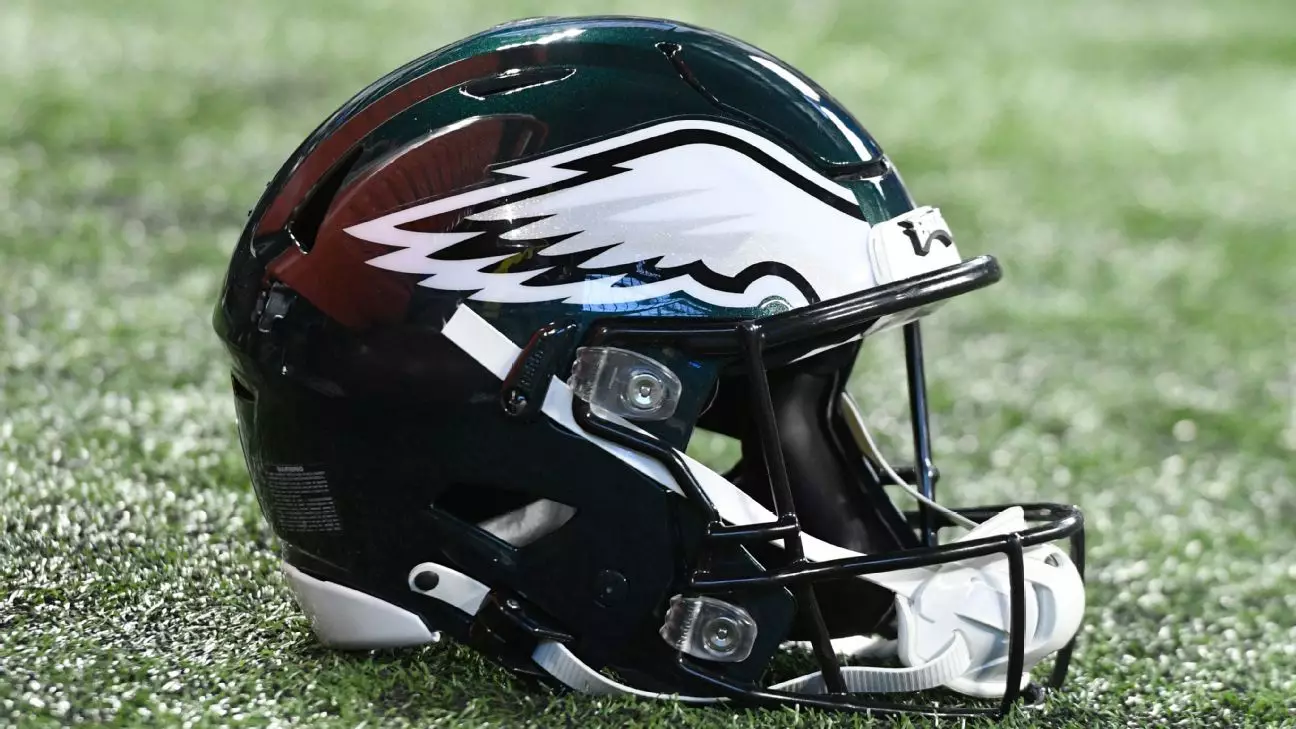The NFL landscape continues to shift at an unprecedented pace, demanding teams to adapt swiftly or risk falling behind. The recent trade between the Las Vegas Raiders and the Philadelphia Eagles exemplifies this evolving chess match—each franchise seeking strategic advantages through roster moves that are more than mere transactions; they are declarations of intent. Las Vegas’s decision to part ways with Jakorian Bennett and bring in Thomas Booker underscores a broader philosophy: flexibility and depth are crucial in navigating the complex demands of contemporary football. As defenses become more sophisticated, teams are recognizing that investing in versatile players who can fulfill multiple roles sometimes outweighs sticking with established starters or unproven rookies.
The Raiders’ decision was driven by necessity and future planning. Bennett, a promising young cornerback with some flashes of potential, struggled for consistency amid injury setbacks and a crowded depth chart that includes younger talents who are showing more in practice. Meanwhile, Booker’s addition signals a desire to bolster the interior line—an often overlooked but vital component of any championship-caliber defense. The move highlights how teams are simultaneously hedging their bets and emphasizing the importance of having multiple options, especially in trenches where injury and fatigue frequent the playing field.
Reclaiming Identity: The Eagles’ Quest for a Cornerstone Defensive Back
Philadelphia, on the other hand, is grappling with a different challenge: retooling its secondary after losing Darius Slay and trying to define its identity in the cornerback position. The decision to bring in Adoree’ Jackson and to keep both Jackson and Ringo competing indicates an openness to experimentation, but also reveals the lack of a clear-cut leader. This ambiguity is not necessarily a flaw but a strategic move—dividing reps allows the Eagles to evaluate talent in real-game situations and determine who best fits their evolving defensive philosophy under coordinator Vic Fangio.
Fangio’s commentary on the competition being “close” emphasizes the volatility of NFL training camps. In a league where marginal differences often determine starter status, maintaining a fluid approach to roster evaluation is paramount. It also signals that the Eagles aren’t rushing toward a specific decision—what matters most is maximizing each player’s potential and adaptability. This approach aligns with the contemporary emphasis on versatility, where players are often asked to play multiple roles depending on game situations, opponent tendencies, and injury reports.
The Power of Resilience and Perception in a Competitive Arena
Jakorian Bennett’s situation highlights an often underappreciated element of NFL resilience: mental toughness. Despite being fully healthy, Bennett finds himself further down the depth chart—an arguably frustrating reality for a player eager to establish himself. Yet, his candidness about embracing the role of the underdog reveals an important mindset: perseverance and humility are as crucial as physical talent. His statement about feeling like he’s always “getting out of the mud” resonates deeply within a league that values mental fortitude as highly as physical prowess.
Such perspectives challenge the traditional narrative that success is solely determined by talent and opportunity. Bennett’s attitude demonstrates that future stars are often forged in adversity. His willingness to work through the secondary roles and push forward is reflective of a mindset that can elevate a player from promising to elite if paired with steady development and patience.
Implications for Defensive Success in a Changing NFL
These roster shakeups and individual stories are more than isolated incidents—they are microcosms of the broader strategic evolution in NFL defenses. The game is increasingly predicated on adaptability, hybrid schemes, and the ability to respond to offensive innovations. Teams recognize that no single player can be solely responsible for anchoring a defense; rather, collective depth, versatility, and mental toughness are the new currencies of success.
In particular, the ongoing competition in Philadelphia underscores the importance of a flexible secondary, capable of adjusting to varied offensive schemes. Similarly, the Raiders’ focus on strengthening the trenches with Booker reflects an understanding that pressure up front often dictates coverage success behind it. The NFL’s evolution demands a layered approach—where every player, from edge rusher to cornerback and interior lineman, must be prepared to pivot and perform.
While the trade of Bennett might seem like a setback from one perspective, it also exemplifies a bold, strategic move driven by meticulous evaluation and future planning. Both teams are shaping their defenses not just for this season but with an eye toward sustainable success—fostering environments where resilience and adaptability thrive amidst a relentless quest for supremacy.

